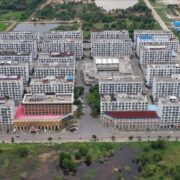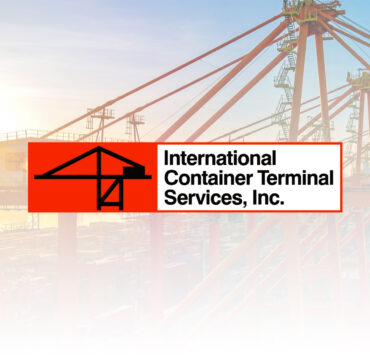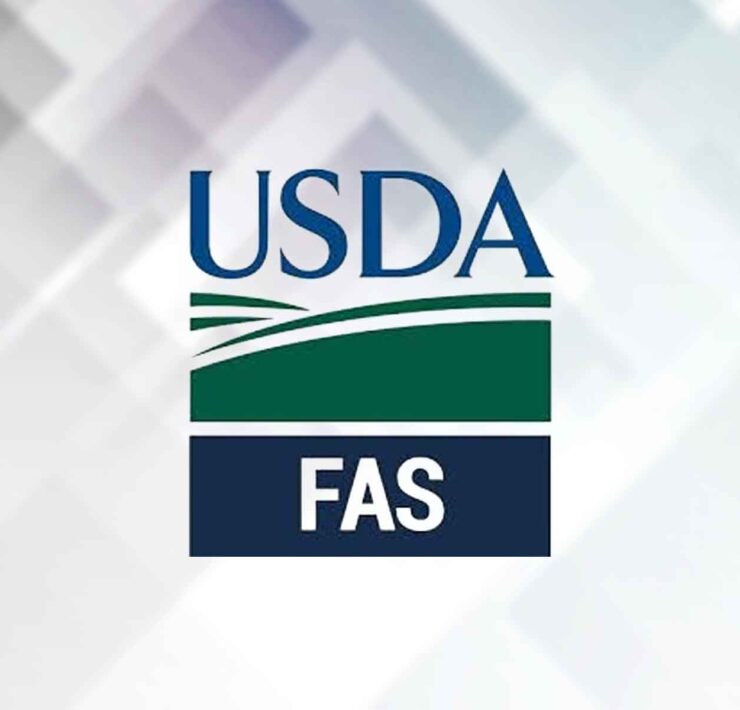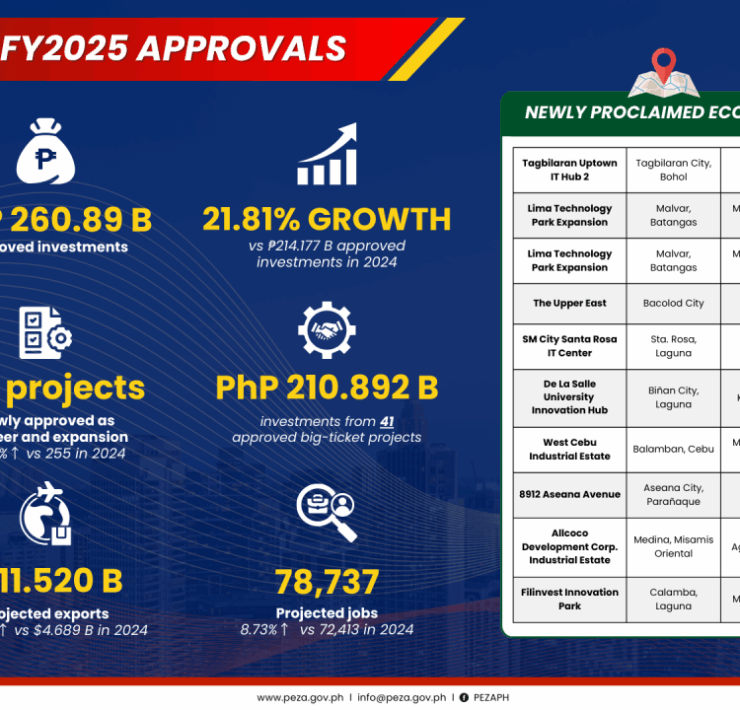Tax relief could help shield PH exporters from US tariffs
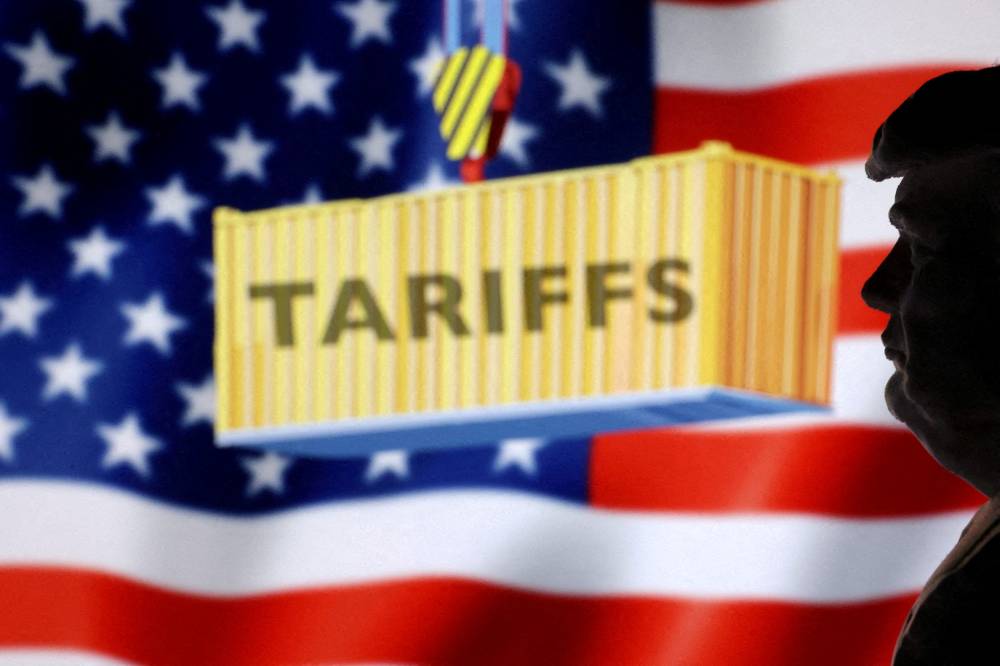
With Philippine exporters to America facing a 19-percent tariff, the government must consider tax relief for sectors most likely to be adversely affected, particularly electronics, garments and agricultural producers, a veteran economist said.
But while there may be sectors disadvantaged by such tariffs, economist Jonathan Ravelas, senior Adviser at Reyes Tacandong & Co., said there are selected industries that may benefit as well.
“Retail, logistics and import-reliant sectors – for example, food, pharmaceuticals, consumer goods — may gain from cheaper US imports, reducing input costs and improving profit margins,” Ravelas said in reply to Inquirer’s query.
Overall, however, he believes that the 19-percent tariff is “too high.” This, given that the Philippines agreed to impose zero tariffs on American goods coming to the archipelago.
“The imbalance undermines fair trade and places Philippine exporters at a competitive disadvantage. Reciprocity is key to sustainable bilateral trade,” Ravelas said.
“Electronics, garments and agricultural exports are most vulnerable. The government should provide: export tax relief, market diversification support and trade adjustment assistance for displaced workers,” Ravelas said.
“The idea is to encourage export companies to still push exports,” he added.
Ravelas agrees that the tariff structure may lead to the Philippines becoming a dumping ground for American goods.
“With zero tariffs on US imports, the local market may be flooded with cheaper American products, threatening domestic industries unless protective measures are introduced,” he said.
April Lee-Tan, chief strategist at online trading platform COL Financial, said the latest US-Philippine tariff agreement was “okay but not great.”
“Compared with the April tariffs (US President Donald Trump’s ‘Liberation Day’ pronouncement), the differential with other Asean (Association of Southeast Asian Nations) neighbors has narrowed,” Tan said.
“We’re just at par with Indonesia and only one percent less than Vietnam,” Tan said.
“But we’re not better off when it comes to supply chain, so the tariff advantage might not be convincing enough to attract investments,” she said.
Other Southeast Asian peers were able to negotiate for a steep reduction in their tariffs. For instance, Indonesia was able to bring down the rate to 20 percent from 32 percent previously.
The rate for the Philippines was originally 17 percent in April, then jacked up to 20 percent this month, before being trimmed to 19 percent after President Marcos’ meeting with Mr. Trump.
The “reciprocal” tariffs on all trading partners are set to take effect on Aug. 1.
The US was the top destination for Philippine exports last year, with an export value of $12.14 billion. This represented 16.8 percent of the country’s total exports in December 2024, according to the Philippine Statistics Authority (PSA).
In a separate report, the US Trade Representative (USTR) estimated that the US had incurred a trade deficit with the Philippines amounting to $4.9 billion in 2024, up 21.8 percent from the previous year.
The country’s top export earner is the electronic product segment, which generated $39 billion or 53.4 percent of total receipts in 2024. These are mostly components and devices or semiconductors. Other components are: electronic data processing, office equipment, consumer electronics and telecommunication devices.
Meanwhile, the Philippines also exported $7.75 billion worth of agricultural goods, mostly animal and vegetable fats and oils, although the primary destinations are Asean and the European Union.
In its tariff table announced on April 2, the US estimated that the Philippines charges 34- percent duty on US exports.
The Philippines’ average Most-Favored-Nation (MFN) applied tariff rate was 6.1 percent in 2022, based on the latest data cited by the USTR. In that year, the Philippines’ average MFN applied tariff rate was 9.8 percent for agricultural products and 5.5 percent for non-agricultural products.
MFN is a status or level of treatment accorded by one state to another in international trade.











